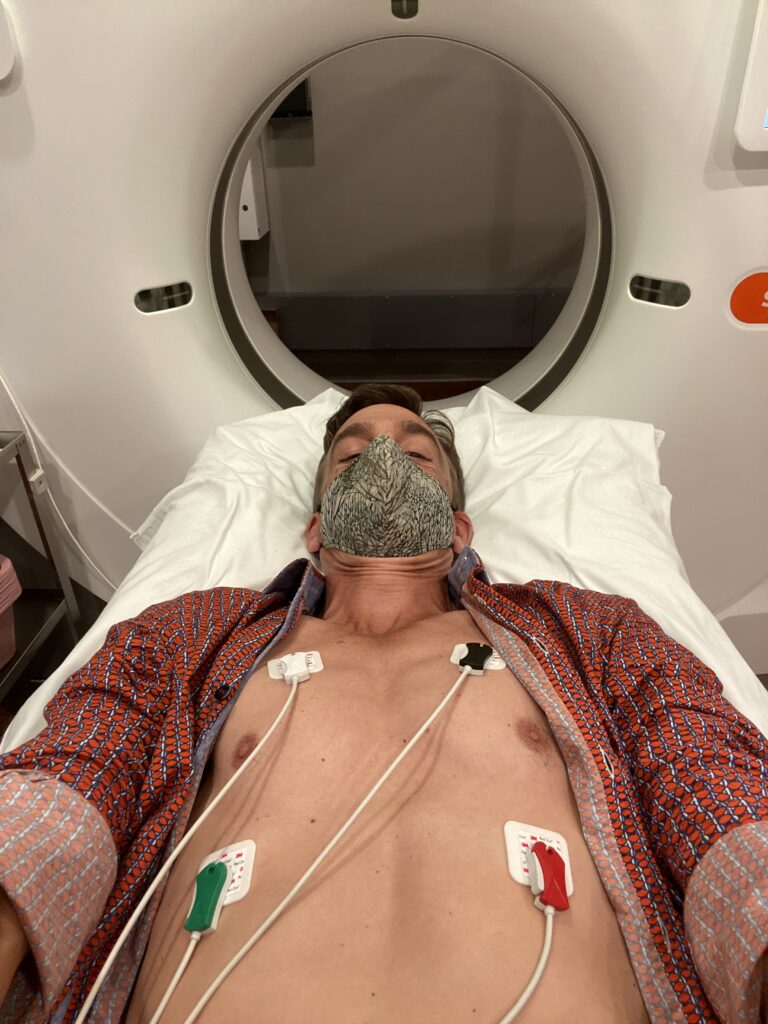To expect the unexpected shows a thoroughly modern intellect.
– Oscar Wilde
I enjoy my clinical practice. It is made all the more powerful because I usually meet someone when they have arrived into sudden or “unexpected” transition—and this past year, it’s been a surprising number of strokes and heart attacks and clot events. But with most of these events, I can see the writing on the wall when I review copies of lab work from their prior annual medical visits. What patterns do I see in the labs?
Chronically elevated WBC count can indicate chronic inflammation. The other inflammation test is a highly sensitive CRP (hs-CRP) which when above one indicates a non-specific inflammation pattern.
Triglycerides above 100 and HDL cholesterol under 55. I describe this numerous times as the TG:HDL ratio, like I wrote here.
Glucose that is >100 on fasting numbers or the HgbA1c above 5.6% showing a more chronic elevation in blood sugars. This is not, as your PCP might say, a test used for diabetics. Research shows that of the plaque in the arteries that ups the risk of heart disease in people with type 2 diabetes, 70% of that plaque is laid down BEFORE the HgbA1c even reaches type 2 diabetes levels, which is greater than 6.4%! SO 5.7%-6.4% is not merely “prediabetes”, rather it displays a process of heart disease that is best stopped in its tracks.
Low Vitamin D. Research is crystal clear that below 20 on the total vitamin D test is too low and raises numerous disease risks including cardiovascular events. 20-30 is not normal (which is 30-60) but is dubiously termed “borderline low” – a term that does not, to me, sound like a goal worth striving for.
Elevated ferritin. Up to seven-percent of a population carries a gene that causes them to store excess iron in the liver all all tissues of the body. Great mutation when the number one cause of death in adult women centuries ago was blood loss around childbirth. Storing extra iron and being able to rebound from low blood volume was an advantage. But for men, and for women post menopause, excess stored iron results in chronic inflammation and heart disease among many other diseases. [men should be 50-300 and women 30-150 ng/mL]
Advanced cardio lipid testing. These are rarely done in a primary care providers office. A panel I run typically includes:
LP(a) which is a genetic risk marker for plaque formation
LDL size: the lab takes a precise diameter measurement of the LDL cholesterol molecule. the larger LDL are not the type that tend toward plaque formation and clots. LDL cholesterol has become a fall-guy and is simply referred to as “Bad Cholesterol” – but if your LDL measures very large in size, it becomes a good thing. I know, confusing right? Good bad LDLs.
Elevated fibrinogen levels. Fibrinogen promotes clot formation—not surprising given the root word in the name, fibrin. By some estimates, high fibrinogen predicts clots and heart disease as well as high blood pressure and smoking. What is interesting is that this compound goes UP with exercise. I frequently see people who over exercise or under-recover from their exercise routines and carry chronically elevated fibrinogen levels. In fact, I can fill my office several times over with patients who had their first heart attack prior to 60 years-old in part because they exercised 1-2 hours a day most days a week. But they were chronically under-recovered due to some combination of inadequate sleep, deficient nutrition, lack of rest, and/or over-exercise. IF you are trying to hone your weight / fitness / performance, this gets to the overtraining answer. Run this test for yourself… https://www.ultalabtests.com/partners/bloodcode/test/blood-code-7-inflam-workout-recovery-hormones
WHY BE PROACTIVE?
Success, in my vocation is when nothing happens. You know, friends don’t write you cards with sniffly teddy bears on them saying, “Thinking of you” when nothing notable happens. No stroke, no early heart attack, no stent surgery or bypass. Isn’t nothing great?
So what tests do I run?
I love this one: Comprehensive Heart Risk through metabolic, nutrition and cardiac tests. Results display nearly every risk factor that we can get through blood tests. I just did this one on myself last week.
The other test is a coronary calcium score. Many states allow this test to be run without a doctor’s order and can run from $99 and as high as $1000. So shop around as all tests use the same method. My test in Hartford CT took all of about 10 minutes start to finish. I left with a cool CD-rom of the images and within 24 hours I had a radiologist report stating that there was nothing out of the ordinary and that my calcium score was zero. Not a big surprise to me, but with a pretty high fat diet – it is healthy. Higher numbers are not inherently risky – but if yours is in the hundreds and you are only “middle aged”, you have more skin in the game to lower the other modifiable cardiovascular risk factors to stop the plaque progression.
My recommendation to you, and I have taken my own medicine on this, is to proactively pursue advanced testing (more than a PCP will typically do) to better understand whether what they are doing, taking and eating is working for you.









Comments are closed.